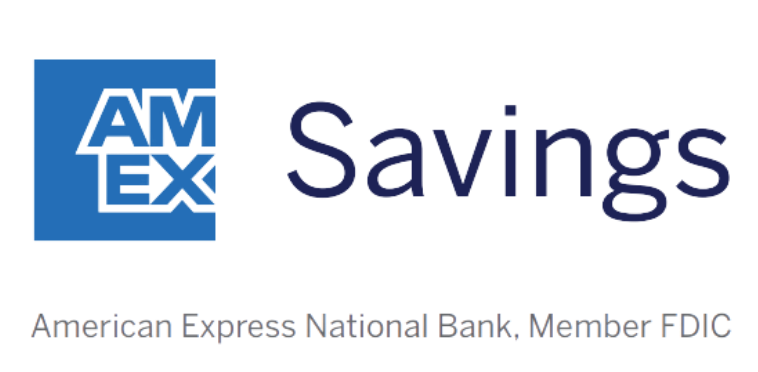High interest rates have been a boon to CD savers, with the best CD rates hovering around 4% to 5% for a while. But the Federal Reserve Board just announced a 0.50 percentage point cut to the federal funds rate, and further cuts are likely ahead.
CD rates are closely tied to the federal funds rate, which means saving money in a certificate of deposit could become less lucrative in the near future. Fortunately, there’s an alternative to CDs that’s better for most savers. Keep reading to learn where to park your money right now.
CDs vs. S&P 500 ETFs: How does each work?
There are a few factors that make CDs a compelling investment:
- The APYs are often better than what you get in a high-yield savings account.
- You lock in your interest rate until the CD matures.
- Money you put in a CD is FDIC insured.
But you’ll pay an early withdrawal penalty if you cash out before the CD matures. And you’re effectively locked into your interest rate at the beginning of the CD. So if you put money in a 3-year CD yielding 3% but you discover a better alternative for your money — for example, if the stock market skyrockets or interest rates rise — you’re stuck with your 3% APY until the CD’s maturity date.
Our Picks for the Best High-Yield Savings Accounts of 2024
|
Capital One 360 Performance Savings 
APY 4.25%
|
APY 4.25%
|
Min. to earn $0 |
|
Discover® Online Savings 
|
Min. to earn $0 |
|
|
American Express® High Yield Savings 
APY 4.25%
|
APY 4.25%
|
Min. to earn $0 |
With CD rates likely to fall, putting money in an S&P 500 ETF, or exchange-traded fund, looks a lot more appealing. An ETF is basically a basket of stocks that trades on a stock exchange as a single investment. An S&P 500 ETF is an ETF that tracks the S&P 500 index, a collection of 500 of the largest, most successful publicly traded companies in the U.S.
If you’re saving for retirement and you’re willing to forgo a tax break for the current year, you could invest in an S&P 500 ETF using a Roth IRA. If you follow certain rules, all your withdrawals from a Roth IRA will be tax free when you retire.
Sure, it’s a riskier choice than a CD, since the stock market can be volatile in the short term and your money won’t be FDIC insured. But investing in S&P 500 ETFs through a Roth IRA has quite a few advantages over CDs.
CDs vs. S&P 500 ETFs: Which has better returns?
Historically, average annual S&P 500 returns are typically around 10%. Returns aren’t guaranteed, of course. Some years, returns will smash the 10% average, while in others, returns will be negative. But over long periods of time, the S&P 500 has provided fairly predictable returns.
If you consistently invested $500 a month in an S&P 500 ETF, you’d have about $1.04 million after 30 years, assuming 10% average annual returns. But if you invested the same amount in CDs yielding 4% annually? You’d only have about $344,000 after 30 years.
CDs vs. S&P 500 ETFs: Which leaves your money more accessible?
An S&P 500 ETF is also more liquid than a CD in that you can cash out at any time without penalty.
Note, though, that you could incur penalties if you withdraw your Roth IRA earnings before age 59 1/2 or if you’ve had the account for less than five years. But you can withdraw your Roth IRA contributions at any time without owing taxes or a penalty.
You can open a Roth IRA through virtually any brokerage. Many of the best Roth IRA accounts offer commission-free trading, low fees, and minimal opening deposits.
Who should avoid putting money in an S&P 500 ETF?
The rule of thumb is generally that you should avoid putting money in the stock market if you could need your funds within a few years. So you don’t want to invest your emergency fund, your home down payment money, or money you need for next year’s college tuition in an S&P 500 ETF.
If you’re planning to retire soon, it’s worth talking with a financial advisor about whether to invest in stocks or put money in safer alternatives, like CDs or bonds.
But if you can part with your money for a while, an S&P 500 ETF is hands-down a better way to grow your money and build a nest egg than CDs.
